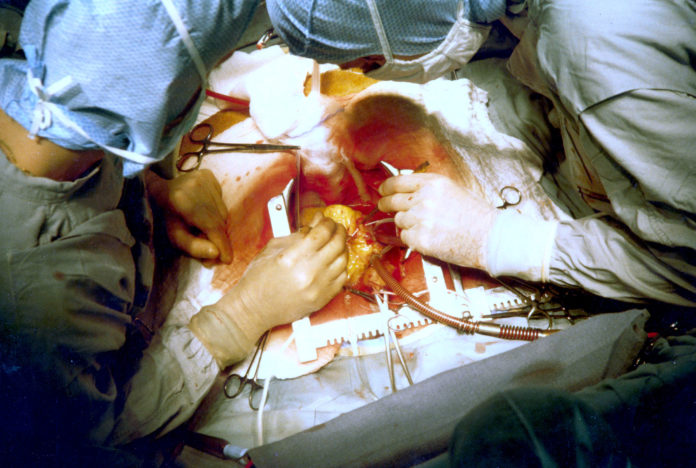Overuse of antibiotics in low and middle income countries also raises spectre of antibiotic resistance
Globally, approximately 12% of patients develop an infection at the site of surgery within 30 days of gastrointestinal surgery, according to a prospective cohort study of more than 12500 people in 66 countries, published in The Lancet Infectious Diseases Journal.
The incidence of surgical site infection varied between countries depending on their development level, with patients in high-income countries being least at risk, and patients in low-income countries being most at risk.
The study tracked 12539 patients from 343 hospitals in 66 countries who were undergoing elective or emergency gastrointestinal surgery to see whether they developed a surgical site infection within 30 days.
The study tracked 12539 patients from 343 hospitals in 66 countries who were undergoing elective or emergency gastrointestinal surgery to see whether they developed a surgical site infection within 30 days.


